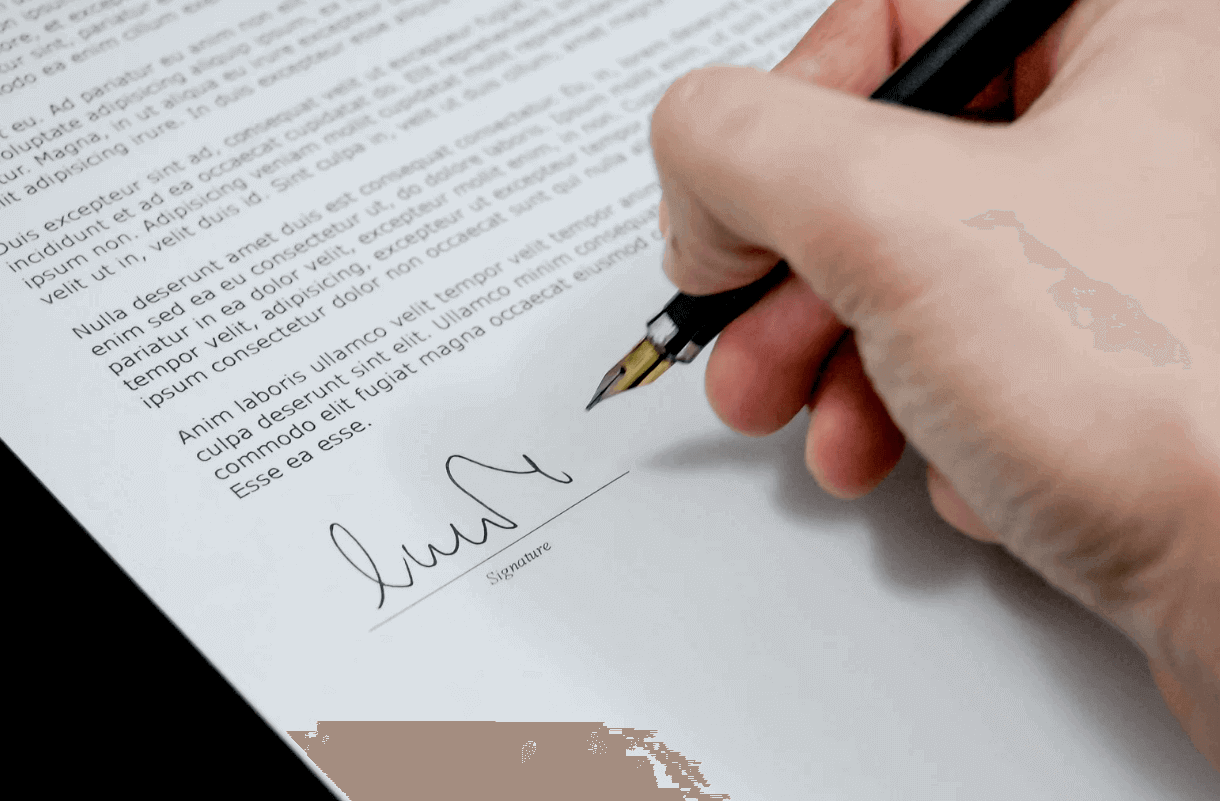In business, construction, and even everyday life, people often sign documents that limit who is responsible when something goes wrong. One of these documents is called a “hold harmless agreement.” This legal tool protects one person or company from being held responsible for damages, injuries, or losses.
In places where industries like oil, construction, and real estate are booming, hold harmless agreements are widely used to manage risks. Many people may have the question in their mind, “Should I sign a hold harmless agreement?” Understanding how it works is important before you make a decision.
What is a Hold Harmless Agreement?
A hold harmless agreement is a legal contract where one party agrees not to sue or hold another party responsible for certain risks or damages. It’s often used when one party is doing something that could involve risk, like working on someone else’s property or letting someone use their equipment.
According to the International Risk Management Institute (IRMI), hold harmless agreements are among the most common tools used in risk management today. In fact, they are a standard part of many construction and business contracts. A typical hold harmless agreement includes:
- Names of both parties
- Description of the activity or service
- Details of the risks involved
- The exact terms of responsibility
- Signatures of all involved
The main goal is to shift legal responsibility from one party to another, helping reduce the chance of lawsuits.

Types of Hold Harmless Agreements
Hold harmless agreements come in different forms depending on how much protection one party wants:
1. Broad Form
This gives full protection to one party, even if they are 100% at fault. It’s rarely used because it’s often seen as unfair and may not be enforceable in all states.
2. Intermediate Form
This type offers shared responsibility. One party agrees to take the blame if they are partially or fully responsible for the damage or injury. This is the most commonly used form.
3. Limited Form
In this version, each party is only responsible for its own mistakes. If both parties are at fault, they share the costs. It’s often used when both parties have equal control over a task.

When Are Hold Harmless Agreements Employed?
Hold harmless agreements are used in many different industries and situations. Here are some common examples:
Construction
In states with strong construction industries, property owners and contractors use these agreements to protect themselves from accidents, equipment damage, or injuries that might occur on-site.
Real Estate
Landlords often include hold harmless clauses in rental agreements. This helps protect them if a tenant or visitor gets injured on the property.
Sports and Recreation
Gyms, fitness centers, and event organizers use hold harmless agreements to protect themselves from liability if a participant gets injured during an activity.
Health Care
Medical professionals and facilities sometimes use these agreements for certain treatments or clinical trials, especially when the risk is higher than usual.
Business Partnerships
When two businesses work together, they may sign a hold harmless agreement to make sure one company isn’t unfairly blamed if something goes wrong during their partnership.
Final Thoughts on Hold Harmless Agreements
Hold harmless agreements are useful legal tools that help manage risk. Whether you’re a landlord, a contractor, or just organizing an event, these agreements can protect you from legal problems.
But before signing one, especially in places like Texas where they are common, take the time to read and understand the document. Ask questions, and if needed, talk to a lawyer. Knowing what type of hold harmless agreement you’re dealing with, and what it means, can save you from unexpected trouble down the road.



